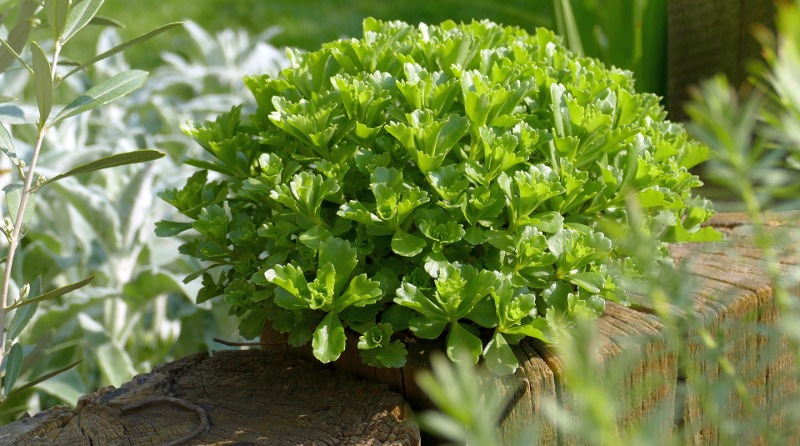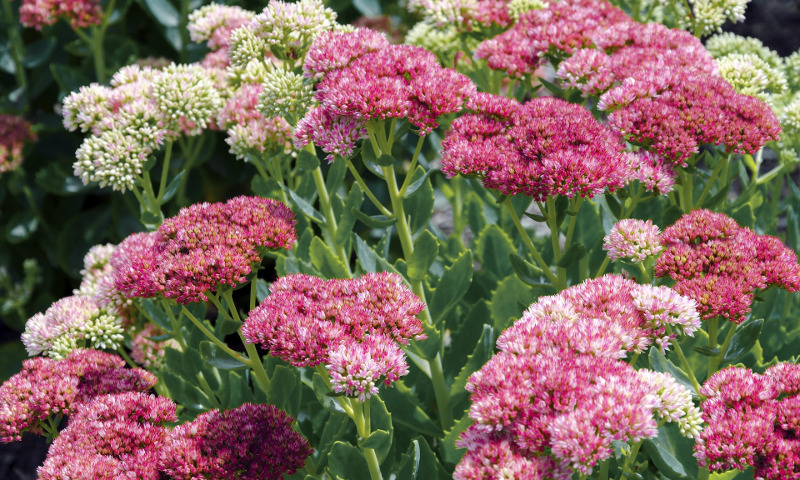Sedums (Stonecrop) are an easy-to-grow plant in the succulent family. Thriving in zones 4-9, sedums bloom from July through late fall. Some gardeners leave the dry blooms on the plant to prolong the interest into winter.
Sedums grow best in conditions that other plants may find challenging. Full sun and dry soil are perfect components for a healthy blooming sedum. Too much water or shade can inhibit blooming. If you find that your sedum is not producing blooms, sun and soil conditions are the first places to troubleshoot.

Common Reasons Why Sedums Aren’t Blooming
Sedums need full sun to bloom well. In an area with less than 6 hours of direct sunlight, sedums may produce fewer or possibly no blooms at all. Sedums also require well-drained soil. If your plant is not flowering, the soil may be too dense or compact. The soil could also be too rich for this light feeder. You may need to move the plant to an area with more suitable conditions. Lastly, over-fertilizing can result in fewer flowers.
- Too much shade will produce fewer blooms.
- Poor drainage. Sedums need the soil to dry out.
- Too much fertilizer.
Does Pruning Sedum Help It Bloom
Pruning a sedum can encourage a bushier form, but typically does not quicken blooming. Cut back the spent growth at the base of the plant in the spring. This will tidy the appearance and allow new growth to emerge. Deadheading spent blooms can tidy the appearance, but will not prolong the blooming period.
Pinching back taller varieties of stonecrop in early summer promotes more branching and thus more flowers. The flowers will be smaller after pinching.

Does Fertilizing Sedum Help It Bloom
Sedums thrive in dry, nutrient-poor soil and are light feeders. Less fertilizer is better than too much fertilizer, and most sedums do not need any feedings. Too much nitrogen in the soil can make sedum flop and bloom less. Adding an inch of compost in the spring is all you need to enrich the soil.

How To Get Sedum To Produce More Blooms
Pinch back the tips of sedum in late spring or early summer to increase the number of blooms and encourage a compact, bushy form. Make sure the sedum is planted in full sun (at least 6 hours of direct sunlight) and in well-drained, poor soil. Sometimes, a non-blooming plant just needs time to settle in and mature before it flowers.
 |
Author Chris Link - Published 01-28-2021 |
